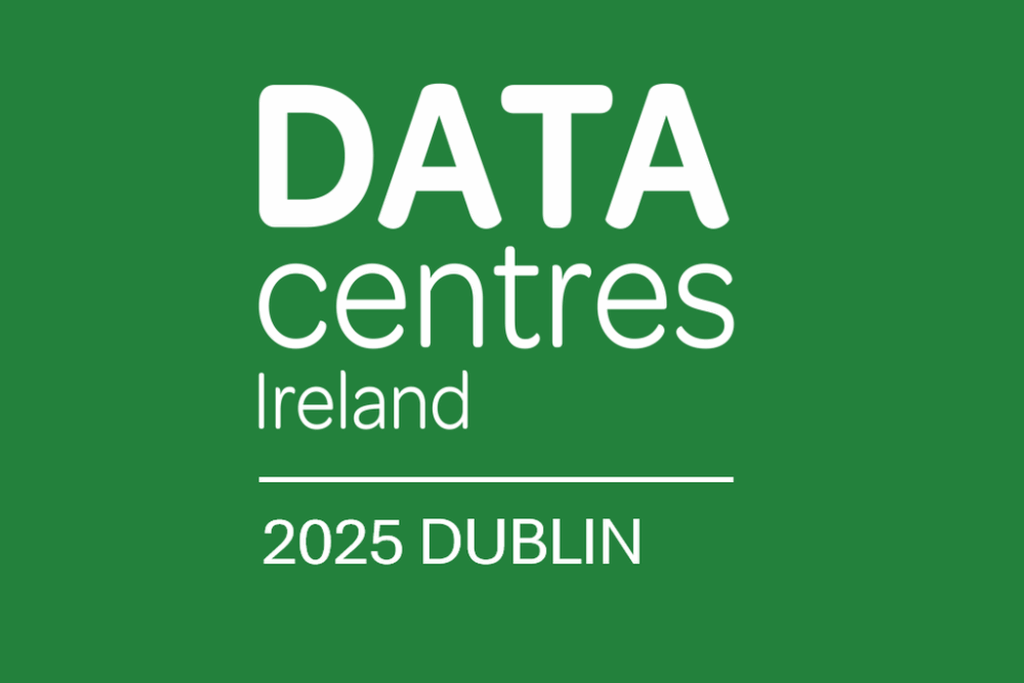Retrofit Power Redundancy for AI Servers
We all know: AI can do a lot, but it also requires enormous computing power, as well as the IT and data centre infrastructure to support it which means enormous energy consumption. Whilst a single Google search consumes around 0.3-watt hours, i.e. 20 queries consume about as much as an energy-saving light bulb in an hour, according to the International Energy Agency (IEA), a ChatGPT query requires a good ten times as much energy. Or in other words, 2 ChatGPT searches consume as much as a light bulb does in an hour. Consumption can double, triple or even quadruple, depending on how complex the queries and orders are that the AI is entrusted with and how much computing power must be used to process them.
In order to have sufficient capacity today and at least for the near future, processors for AI servers rely on particularly sophisticated CPUs, NPUs (Neural Processing Units) and, above all, GPUs in various combinations. The latter consist of many smaller cores designed for special tasks, which offer immense performance with relatively high energy efficiency when a large number of data streams are to be processed in parallel.
The overall performance can only be optimal if the AI servers and the required processor power is permanently available. The obstacle to this is that many AI server systems have an asymmetric redundancy scheme for their power supply units (PSUs), which can affect GPU performance. If two or more power supplies go offline, this can throttle the GPU clock frequency and significantly reduce server performance. The Z-ATS AI Infrastructure, available from data centre specialist Daxten, solves this problem by equipping the servers’ power supplies with a redundant supply path.
Measuring just 178mm long, 79mm wide, 38mm high and weighing just 910 grams, the Zonit Z-ATS AI is an ultra-compact automatic transfer switch. Its main task with regards to AI servers is to ensure that they can always deliver their optimal performance during maintenance cycles and power interruptions of the power supply units. The Zonit AI solution achieves this by switching from the primary power supply path to the backup source in the event of planned downtime or a power supply failure, thus maintaining double redundancy.
The functional elements and infrastructure components critical in a data centre, such as CRAC units, sprinkler solutions and alarm systems, receive an additional “lifeline” in the form of a redundant power supply path via a sister model the Z-ATS Industrial. This is necessary because their microcontroller units are usually not equipped with a dual power supply and are therefore susceptible to downtime.
The Z-ATS products themselves are not susceptible to this, however: their aluminium housing and the technology housed within can easily withstand temperatures between -40 and 70 degrees Celsius. Integrated surge protection and technology to protect against transient currents, are also provided.
The Z-ATS systems do not pose any problems during installation for professionals responsible for servers or data centre infrastructure, because the solutions can be easily and quickly integrated into server racks as well as into switch housings or control cabinets using a DIN rail adapter. For AI servers with four or six power supplies, the corresponding Z-ATS AI systems fit into just 1U space in the rack with the Zonit AI PowerShelf.
To dive deeper into this subject and for more best practices to optimise your data centre infrastructure, please contact us on +44 (0)20 8991 6200 or via info.uk@daxten.com.
Visit the Daxten Ltd website for more information on Retrofit Power Redundancy for AI Servers






